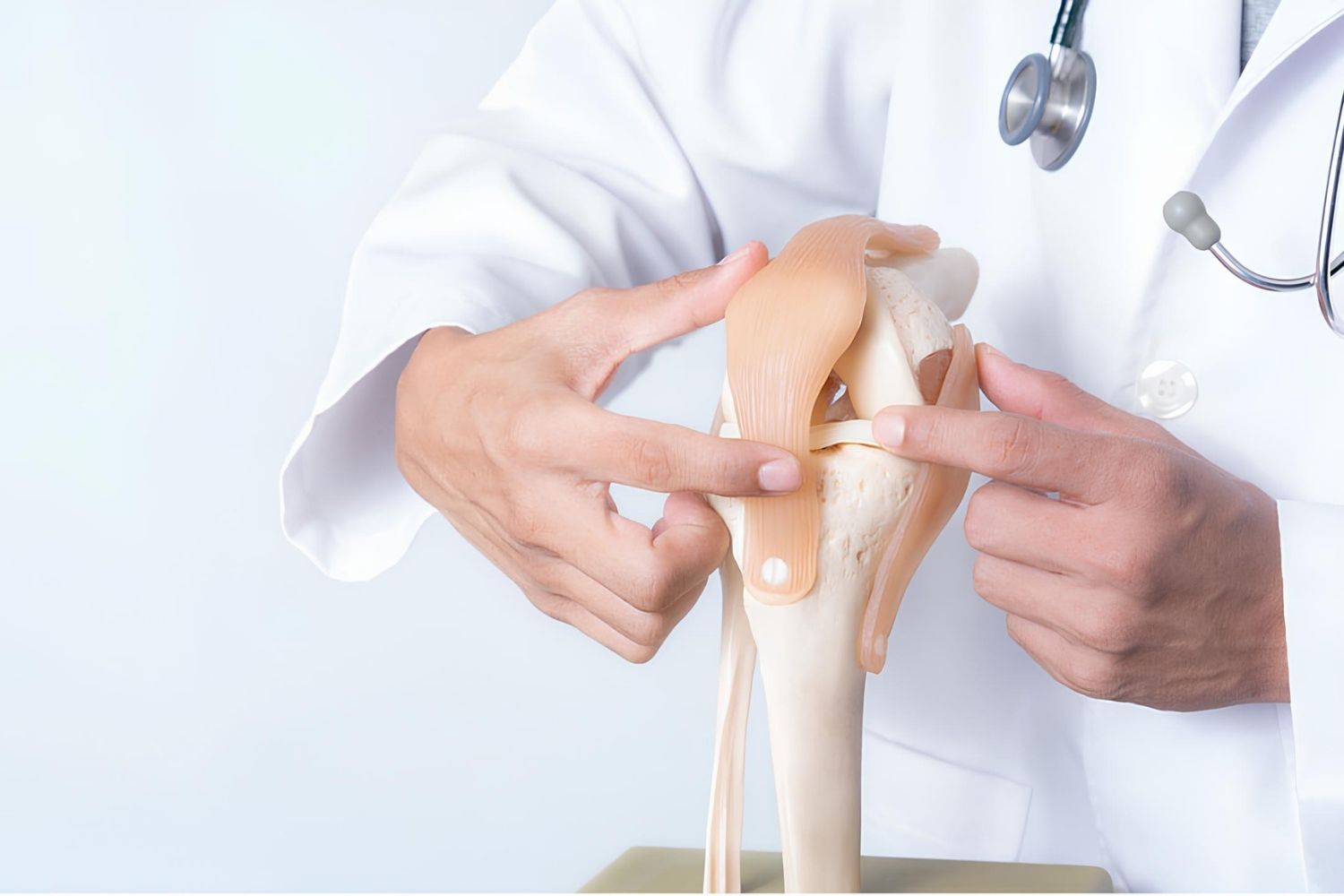
Orthopedics is a branch of medicine that focuses on the musculoskeletal system, which includes bones, joints, ligaments, tendons, and muscles. Did you know that orthopedics has been practiced since ancient times? From treating broken bones to performing complex surgeries, orthopedics has evolved significantly. Orthopedic surgeons use both surgical and non-surgical methods to treat various conditions such as fractures, arthritis, and sports injuries. Modern orthopedics employs advanced technologies like robotic surgery and 3D printing for implants. This field not only helps in treating injuries but also plays a crucial role in improving the quality of life for many individuals. Whether you're an athlete, a senior citizen, or someone dealing with chronic pain, orthopedics can offer solutions to help you move better and live healthier.
What is Orthopedics?
Orthopedics is a branch of medicine focusing on the musculoskeletal system. This includes bones, joints, ligaments, tendons, and muscles. Let's dive into some fascinating facts about this essential medical field.
-
The term "orthopedics" comes from Greek words meaning "straight" and "child." Initially, it focused on correcting children's bone deformities.
-
Modern orthopedics treats patients of all ages, addressing issues from sports injuries to arthritis.
History of Orthopedics
Orthopedics has a rich history dating back centuries. Here are some key historical facts.
-
Ancient Egyptians used splints made from reeds and wooden sticks to treat fractures.
-
Hippocrates, the "Father of Medicine," described techniques for reducing dislocated shoulders around 400 B.C.
-
The first orthopedic hospital, The Hospital for the Ruptured and Crippled, opened in New York City in 1863.
Orthopedic Surgeons
Orthopedic surgeons are specialized doctors who diagnose and treat musculoskeletal issues. Let's learn more about them.
-
Becoming an orthopedic surgeon requires about 14 years of education and training.
-
They perform surgeries like joint replacements, fracture repairs, and arthroscopy.
-
Orthopedic surgeons often specialize in specific areas, such as spine, hip, or knee surgery.
Common Orthopedic Conditions
Orthopedics covers a wide range of conditions. Here are some of the most common ones.
-
Osteoarthritis is the most prevalent joint disorder, affecting millions worldwide.
-
Scoliosis, a curvature of the spine, often appears during adolescence.
-
Carpal tunnel syndrome results from pressure on the median nerve in the wrist.
-
Torn ligaments, like the ACL in the knee, are common sports injuries.
Orthopedic Treatments
Orthopedic treatments vary from non-invasive methods to complex surgeries. Here are some examples.
-
Physical therapy helps improve strength, flexibility, and mobility.
-
Corticosteroid injections reduce inflammation and pain in joints.
-
Joint replacement surgery, such as hip or knee replacement, involves replacing damaged joints with artificial ones.
Advances in Orthopedics
Orthopedics has seen significant advancements over the years. Here are some notable ones.
-
Arthroscopy, a minimally invasive surgery, uses a camera to diagnose and treat joint problems.
-
3D printing technology creates custom implants and prosthetics for patients.
-
Robotic-assisted surgery allows for more precise and less invasive procedures.
Fun Facts About Bones
Bones are a crucial part of the musculoskeletal system. Here are some fun facts about them.
-
The human body has 206 bones, with more than half located in the hands and feet.
-
Bones are made of collagen and calcium phosphate, making them strong yet flexible.
-
The femur, or thigh bone, is the longest and strongest bone in the body.
-
Bones are constantly remodeling, with new bone tissue replacing old tissue.
Orthopedic Myths
There are many myths surrounding orthopedics. Let's debunk some of them.
-
Myth: Cracking your knuckles causes arthritis. Fact: There's no scientific evidence to support this claim.
-
Myth: Only athletes need orthopedic care. Fact: Orthopedic issues can affect anyone, regardless of activity level.
-
Myth: Rest is always the best treatment for injuries. Fact: Controlled movement and physical therapy often promote better healing.
The Future of Orthopedics
The future of orthopedics looks promising with ongoing research and technological advancements. Here are some exciting developments.
-
Regenerative medicine, including stem cell therapy, aims to repair damaged tissues and organs.
-
Wearable technology, like smart braces, monitors and supports patients during recovery.
The Final Stretch
Orthopedics is a fascinating field that impacts many lives. From treating fractures to performing complex joint replacements, orthopedic specialists play a crucial role in maintaining our mobility and quality of life. Understanding the basics of orthopedics can help you make informed decisions about your health. Whether you're dealing with a sports injury, arthritis, or just curious about how bones and muscles work, knowing these facts can be incredibly beneficial.
Remember, early intervention often leads to better outcomes. So, if you're experiencing any issues, don't hesitate to consult an orthopedic specialist. Staying informed and proactive about your health can make a world of difference. Keep these facts in mind, and you'll be better prepared to navigate any orthopedic challenges that come your way. Stay active, stay healthy, and take care of your bones and joints!
Was this page helpful?
Our commitment to delivering trustworthy and engaging content is at the heart of what we do. Each fact on our site is contributed by real users like you, bringing a wealth of diverse insights and information. To ensure the highest standards of accuracy and reliability, our dedicated editors meticulously review each submission. This process guarantees that the facts we share are not only fascinating but also credible. Trust in our commitment to quality and authenticity as you explore and learn with us.
